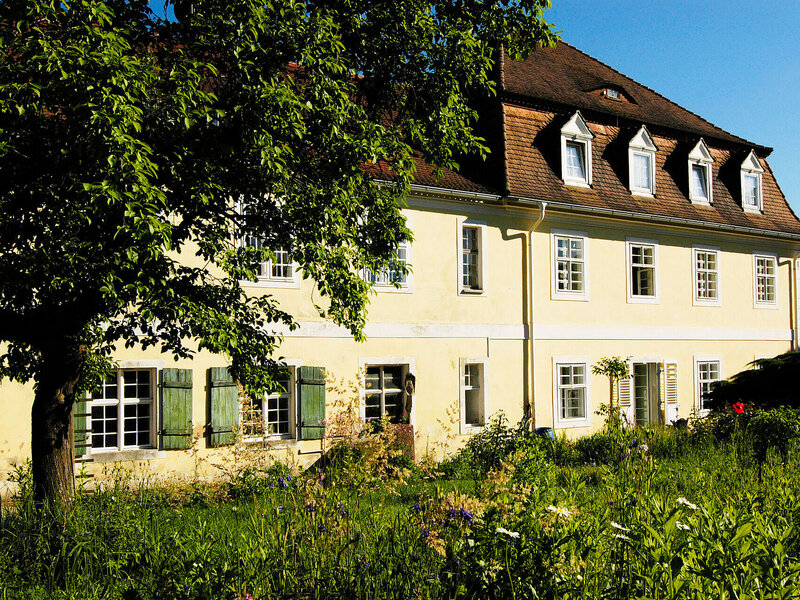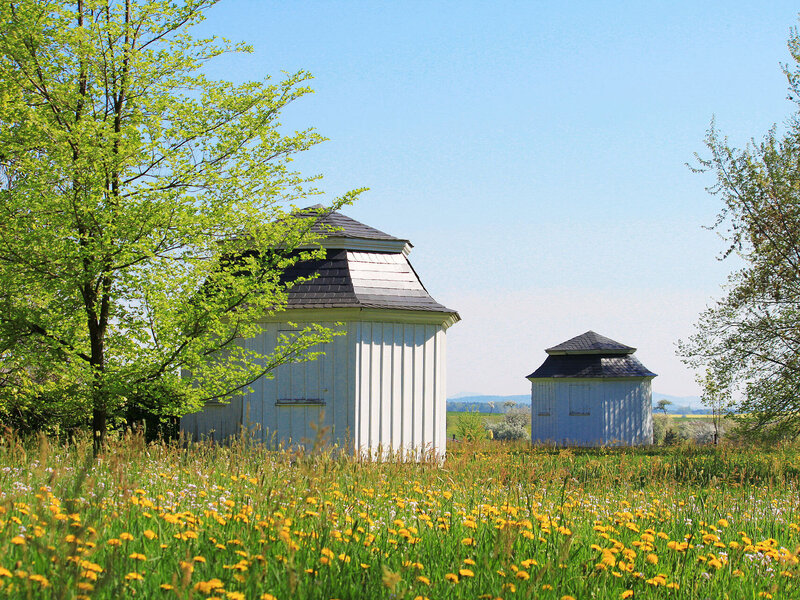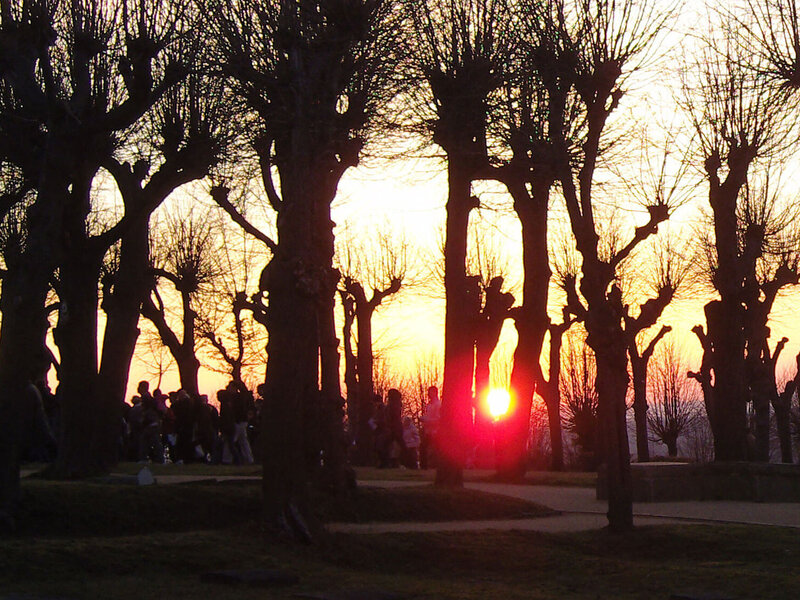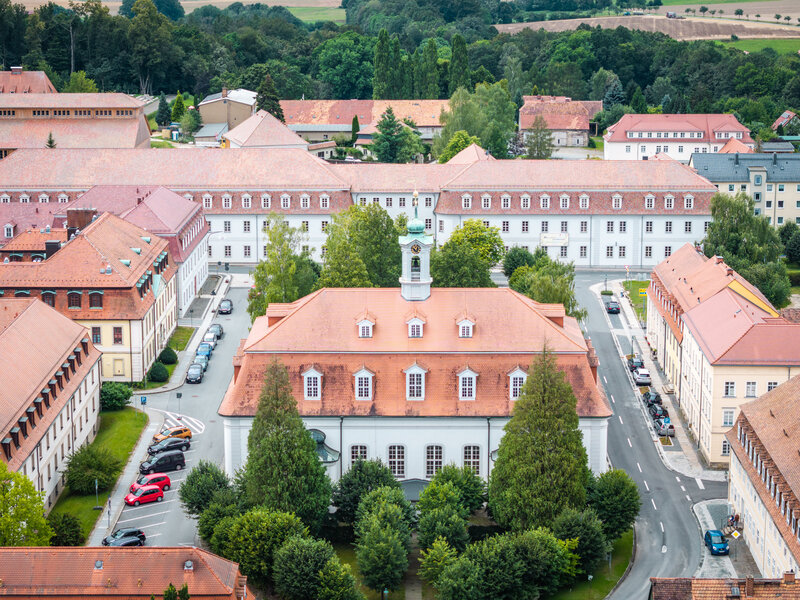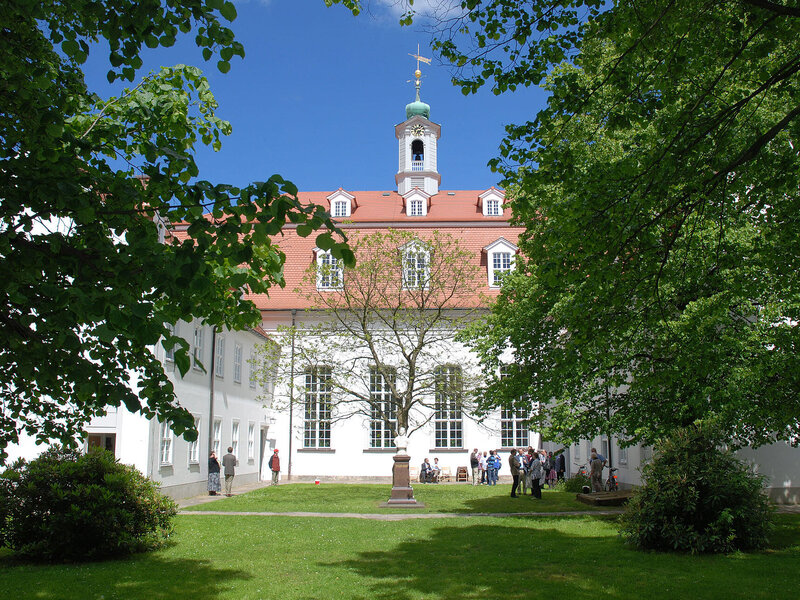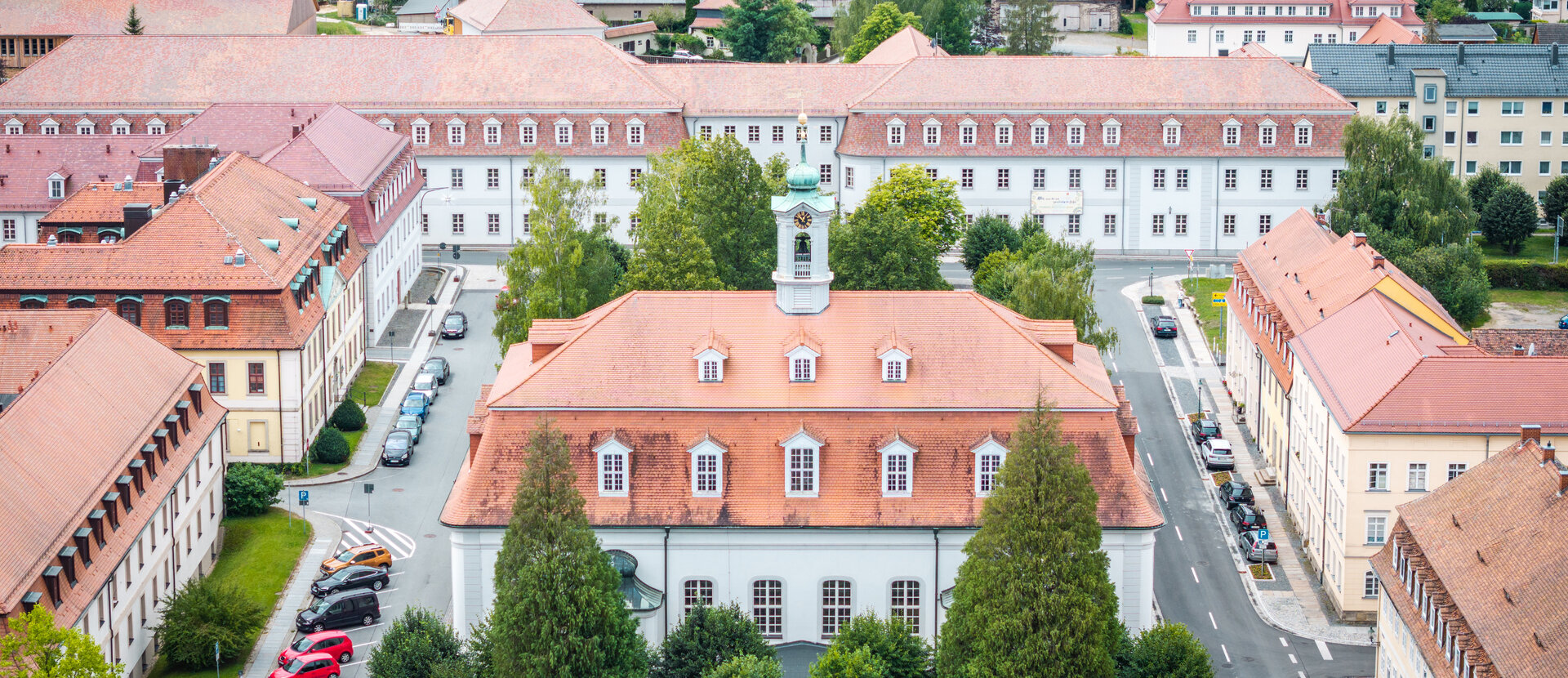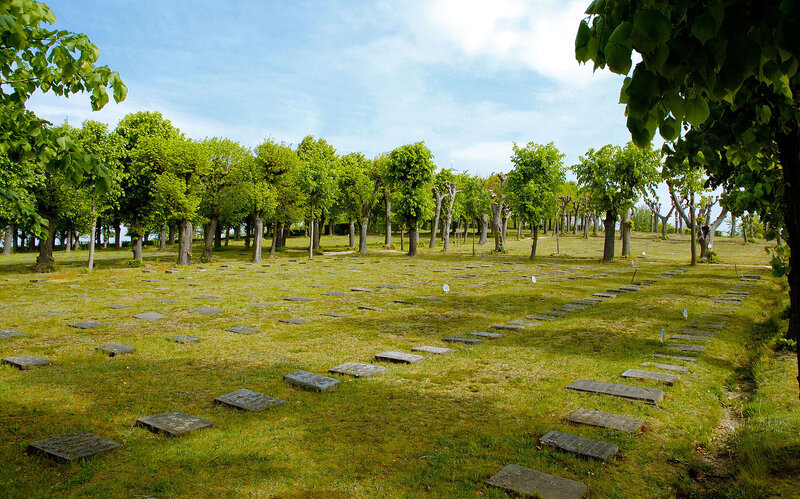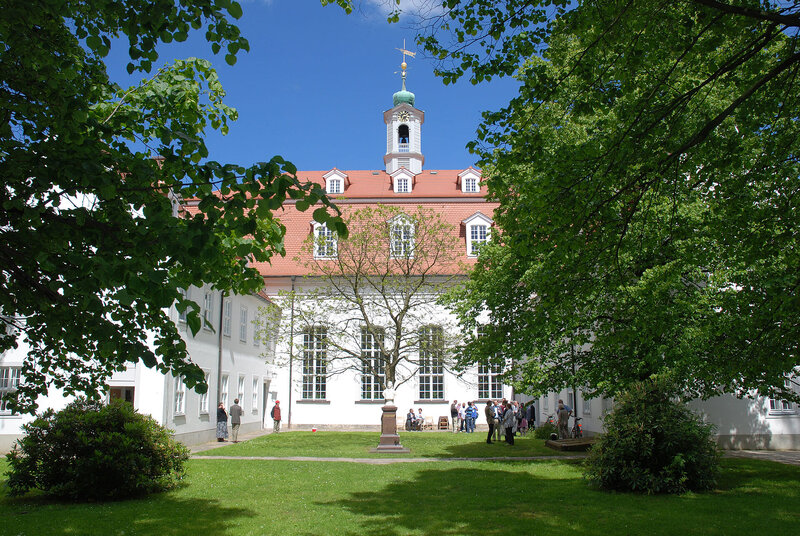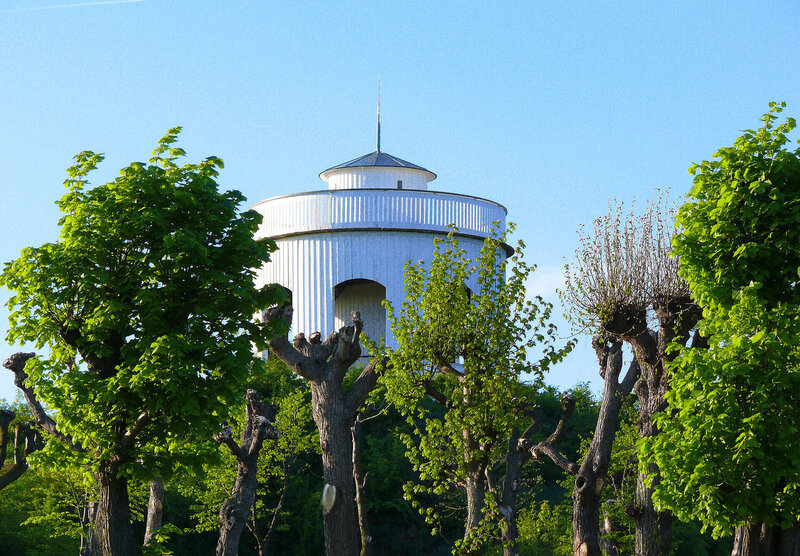On 26 July 2024, the "Settlements of the Moravian Church" were officially recognized as a UNESCO World Heritage Site. Congratulations to them!
Together with Christiansfeld in Denmark, Bethlehem in the USA and Gracehill in Northern Ireland, Herrnhut forms a new, transnational World Heritage Site. This is already the second UNESCO World Heritage Site in Upper Lusatia.
The settlements represent a global network of religious planned towns built by the Moravian Church between 1722 and 1808. They are a unique architectural phenomenon of the early modern period, characterized by carefully planned urban structures that corresponded to community values and needs. Despite their wide geographical distribution, they display a remarkable architectural uniformity of the highest quality craftsmanship. These four settlements impressively illustrate the ideal of orderly Christian community life, which is reflected both in the settlements themselves and in their global network to this day.
Impressions from the Transnational UNESCO World Heritage Site: "Settlements of the Moravian Church"
